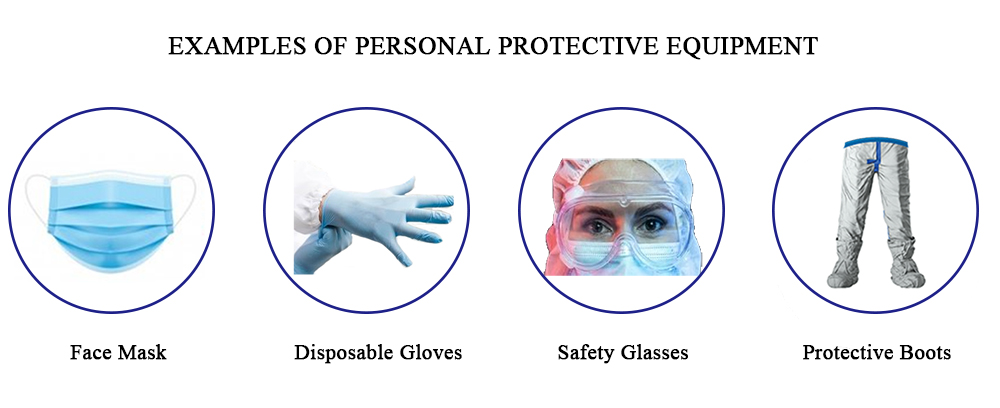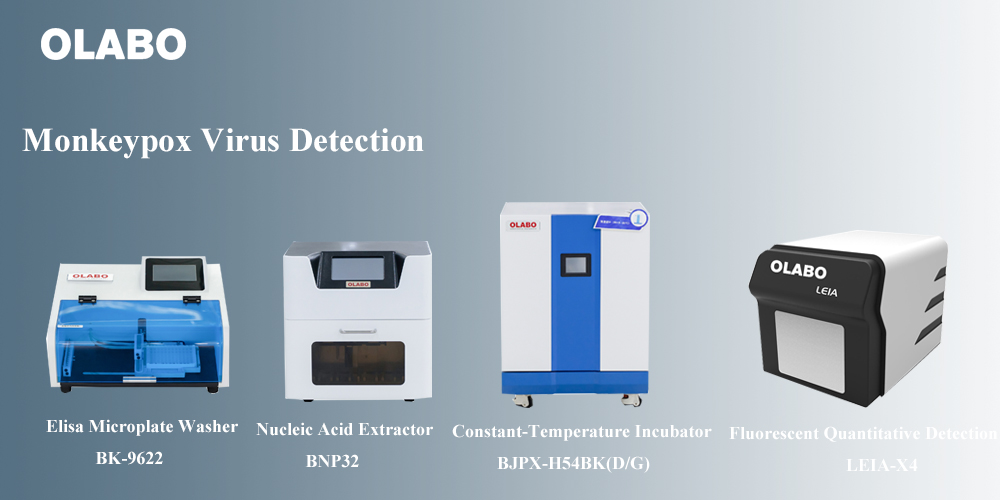1. What is monkeypox?
Monkeypox is a viral zoonosis. Monkeypox virus can be transmitted from animals to humans through close contact, and although human-to-human transmission does not occur easily, infection can occur through close contact with an infected person.
Monkeypox virus was first identified in monkeys in 1958, hence the name, but rodents are now also considered as a possible primary animal host.
In 1970, the first human case of monkeypox was discovered in the DRC. Since then, there have been several outbreaks of monkeypox in West African countries.
2. How is the monkeypox virus transmitted?
The primary mode of transmission of monkeypox virus is through direct contact with the blood, body fluids, skin or mucosal wounds of infected animals.
Secondary transmission between humans is mainly due to close contact with respiratory secretions, skin lesions, or objects contaminated with body fluids or diseased tissues of the patient (e.g. clothing and bed linen contaminated with fluid from the patient’s rash when it breaks).
Monkeypox virus can be present in respiratory droplets, but usually requires prolonged face-to-face contact to be transmitted.
3. How to prevent monkeypox virus?
(i) Personal prevention
1. Disinfection measures: Monkeypox virus is heat-sensitive and can be inactivated at 56°C for 30 minutes or 60°C for 10 minutes, as can ultraviolet light and general disinfectants.
Common household disinfectants can kill monkeypox virus. After contact with an infected person or animal, wash your hands with soapy water or use an alcohol-based hand sanitizer. Protective gear is also recommended when caring for patients.
2.Protective measures: Take personal precautions (e.g. wear disposable latex gloves, medical masks, disposable barrier clothing, etc.).
3. Vaccination: As the monkeypox virus and smallpox virus belong to the same virus family, vaccines against smallpox virus are also effective in protecting against monkeypox virus, and smallpox vaccination is about 85% effective in preventing “monkeypox”.
(ii) Infection control in health care facilities
When providing treatment to patients with suspected or confirmed monkeypox, and when handling patient specimens, medical staff should implement standard precautions, i.e. wearing disposable latex gloves, medical protective masks, protective face screens or goggles, disposable isolation gowns, etc., as well as proper hand hygiene. The collection of patient specimens suspected of being infected with monkeypox virus should be carried out by trained personnel. Transport of patient samples should ensure secure packaging and follow guidelines for handling infectious materials. The environment and items that may be contaminated by suspected or confirmed monkeypox patients in the hospital need to be disinfected at all times.
4. What should I do if I get monkeypox?
Most infected people will recover within a few weeks, but there are instances where an infected person can become seriously ill. Depending on the level of exposure to the virus, the health status of the patient and the severity of complications, severe patients may also die.
The treatment for monkeypox is not yet proven safe, but to control outbreaks, smallpox vaccine, antiviral drugs and cowpox immunoglobulin can be used.
In response to the harm caused by the spread of the monkeypox virus, OLABO Group screened out monkeypox-related medical equipments as quickly as possible, provided corresponding solutions for monkeypox detection, and contributed to global public health.
Click to know more:
1.Elisa Microplate Washer BK-9622
2.Nucleic Acid Extractor BNP32
3.Constant-Temperature Incubator BJPX-H54BK(D/G)
4.Fluorescent Quantitative Detection System LEIA-X4
Post time: Jun-29-2022



